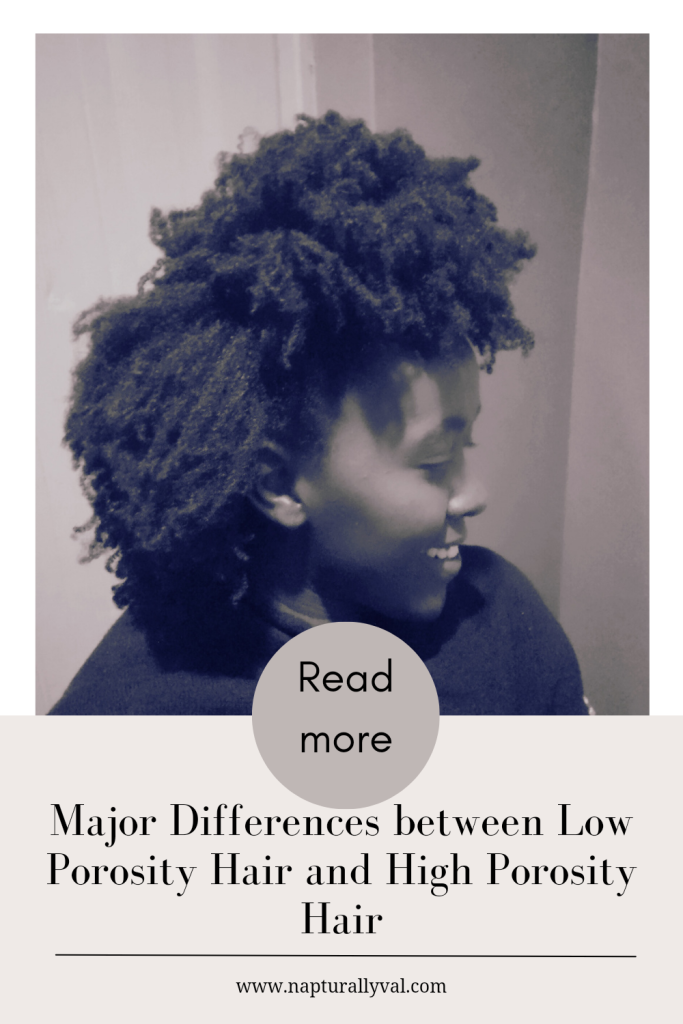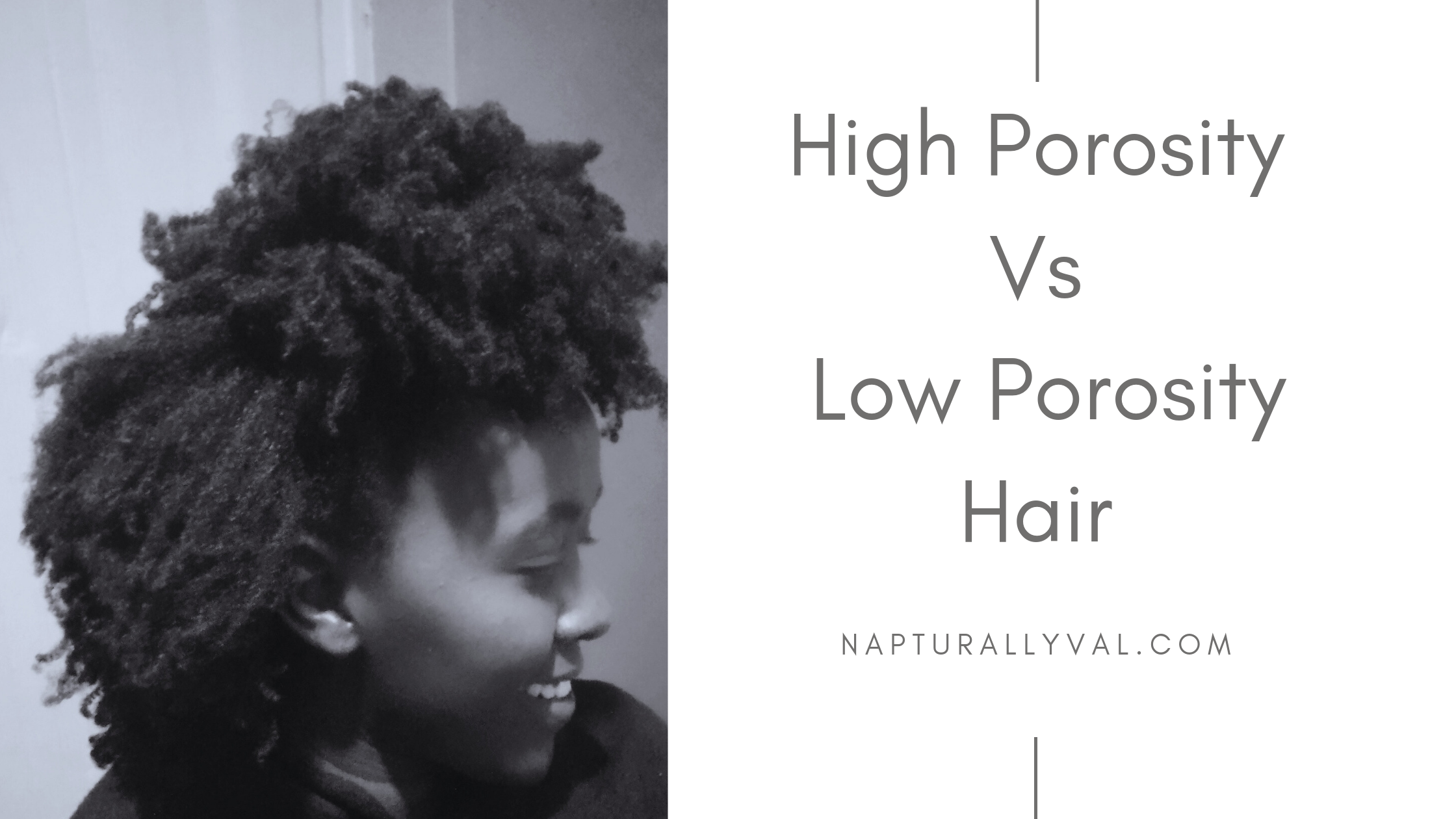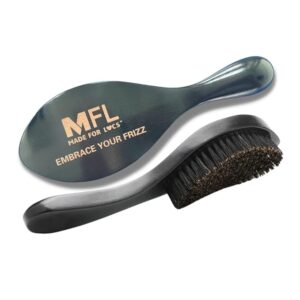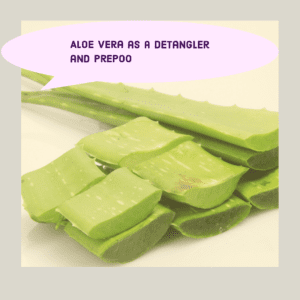Today’s post is all about high porosity vs low porosity hair. Do you know your hair’s porosity type? If you don’t, get to know that because it affects how you care for your hair, how you moisturize, how your hair care routine looks like and the best products for your hair. Catch up on a post with details on all porosity types here.
Feel like your hair has been the same length forever, I’ve an Ebook that will help you grow your hair healthier, longer and thicker. Grab your copy here… Also, check out all the Ebooks,guides and journals that will go a long way in your hair care journey here.

When creating a hair care routine, keep your hair’s porosity type in mind because it’ll influence how often you cleanse, moisturize, how you deep condition, products to use for growth of healthy hair, length retention and minimizing product build up.
Table of Contents
When I embraced my natural hair, I didn’t know much about porosity type. I would literally wet my hair every single morning, apply hair oil and my hair would feel dry a few hours later. I never used to deep condition too, may be that’s one of the reasons why my hair would feel dry.
With time, I learned the art of moisturizing, loc/lco moisturizing methods and I went from moisturizing daily to a few days a week to weekly and sometimes twice a week. Hair care as a newbie is all trial and error as you figure out what works best for your gorgeous mane. If you’re a hair care beginner, I do have guides and ebooks to help with hair care, grab your copy here or just click buy now below.
High Porosity vs Low Porosity Hair: Key Differences & Care Tips.
High porosity hair is characterized by loosely held cuticles/ cuticles with gaps which allow for easy movement of moisture and products in and out of your hair shaft making it prone to dryness.
This porosity type easily absorbs products and water, it gets sopping wet easily unlike low porosity hair which is characterized by tightly held cuticles that make it difficult for moisture and products to get easily absorbed but once absorbed, it stays longer.
The slow absorption of products makes it prone to product build up. When dealing with low porosity hair use light weight and liquid based products that will get absorbed quickly. With high porosity hair you’ll need creamy and heavier products especially leave-in conditioners and sealants to keep moisture locked in for longer.
When it comes to deep conditioning, use heat on low porosity hair for better absorption of nutrients since heat will open the hair cuticles allowing for nutrients to be absorbed. High porosity hair already has high raised cuticles and gaps so you don’t need as much heat as you would with low porosity hair.
Since low porosity hair is prone to build up, using a clarifying shampoos atleast monthly is advisable so as to get rid of the build up while high porosity needs gentle cleansers that don’t strip off the natural oils or use moisturizing shampoos.
Protein treatments are essential for high porosity hair to fill the gaps on the hair cuticle, you can choose to do monthly protein treatments and/or use moisturizers with proteins. Low porosity hair doesn’t need as much protein, use protein treatments as often as your hair needs or use 2-in-1 deep conditioners that are both moisture and protein based.
How to know if your hair is high porosity or low porosity.
There are a few tests you can do to figure out your hair’s porosity type. You can almost tell where your hair falls by just observing how fast or slow it gets sopping wet and how fast or slow it gets dry or losses moisture.
The first test is the water test where you put a strand of hair in a glass of water and observe how it sinks. If it quickly sinks to the bottom, that’s shows your hair is highly porous, if it floats, that’s low porosity hair and if it sinks slowly, your hair is medium porosity.
The other test is the spray bottle test where you spray water on a section of your hair. If the water foams beads on the strands before absorption, that’s a sign that your hair is low porosity and when you notice that your hair quickly absorbs the water, that shows that your hair has high porosity.
How to care for high porosity hair.
- Use moisturizing shampoos or gentle cleansers that don’t strip off the hair’s natural oils.
- Use creamy leave-in conditioners and heavy sealants to keep moisture locked in your hair for long.
- Protein treatments ought to be part of your hair care routine.
Related post: Everything you should know about high porosity hair.
How to care for low porosity hair.
- Use light weight sealants and liquid based moisturizers to avoid product build up on your scalp and hair.
- When deep conditioning, add heat to open the hair cuticles.
- Clarifying shampoos come in handy to get rid of product build up on your hair and scalp.
Related post; Everything you need to know about low porosity hair.
Frequently asked hair porosity questions.
Can my hair’s porosity type change?
Porosity type is genetic but hair damage from heat and chemicals can alter your hair’s porosity type. Some naturals have high porosity hair due to damage, this can be fixed by having a consistent hair care routine, incorporating proteins and chopping off the damaged parts.
Which porosity type is better? Low or high?
None of the porosity types is better than the other. Each is unique and has its pros and cons, all you need to know is how to care for each type and you’re good to go.
Thank you for reading, share with everyone and support my blog here.




